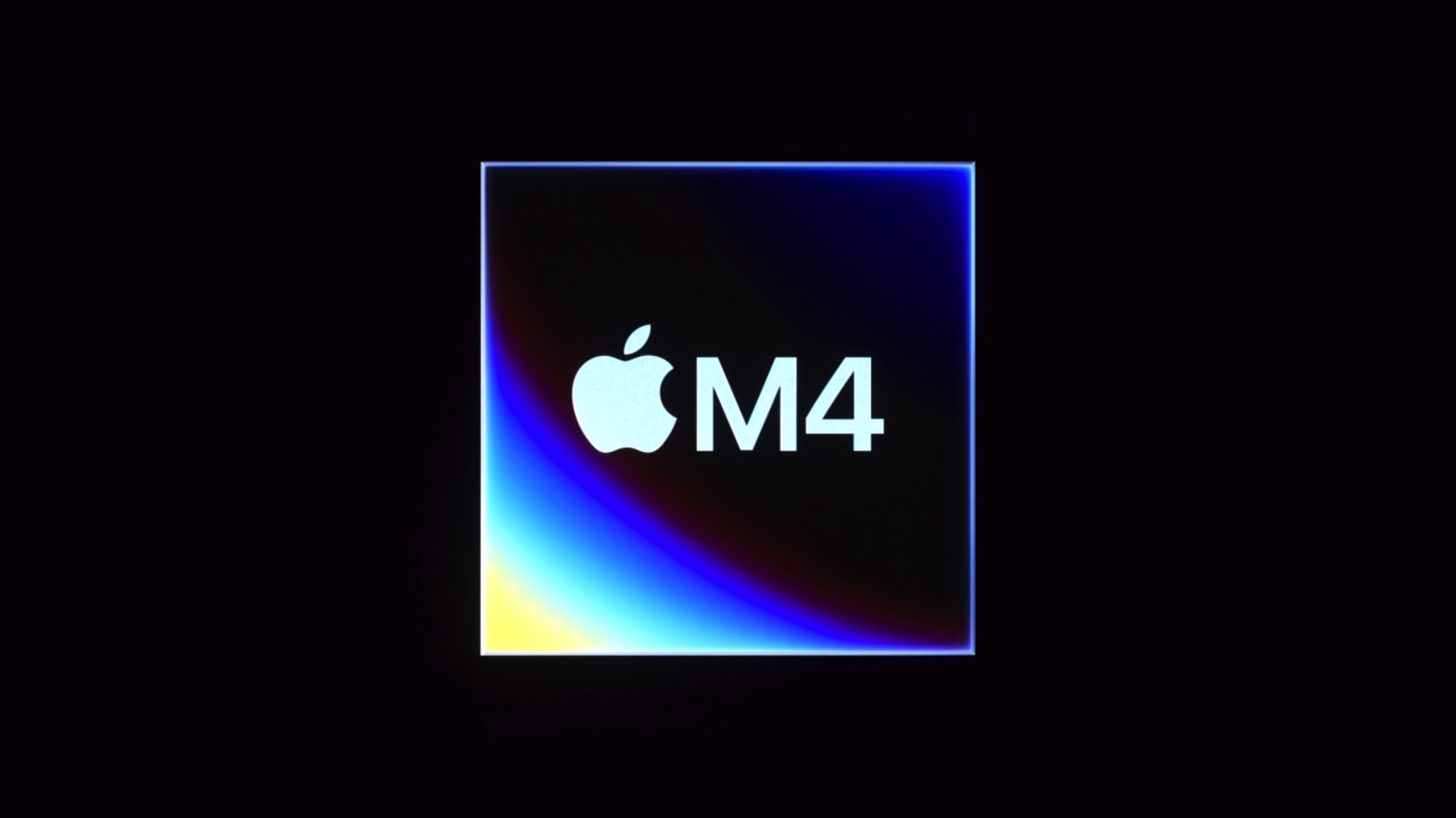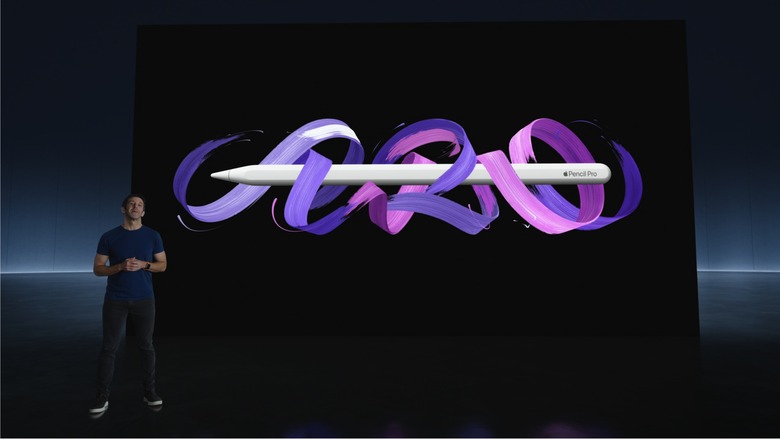Apple Announces M4 iPad Pro With OLED Display, Apple Pencil Pro, More
During Apple's Let Loose event, the company announced the new iPad Pro, with its biggest update since its design revamp in 2018. With the M4 chip, Apple has also added an OLED display for both 11-inch and 13-inch models. This change helps unify this lineup with the same screen technology, which was previously mixed with LCD and miniLED options. The smaller iPad Pro is only 5.3mm, and the bigger iPad is 5.1mm thinner. They come in silver and space black.
Apple calls this OLED display Ultra Retina XDR. With it, iPad Pro users get perfect black, infinite contrast, a lower weight and thinner device, with best-in-class performance. It also has a similar performance to miniLED regarding HDR, color, brightness, and power consumption. It offers 1,000 nits in normal usage and up to 1,600 nits with HDR content. For this new Ultra Retina XDR. iPad Pro, Apple is launching a nano-texture glass option.
The iPad Pro also got a big change in its front-facing camera, as it's now placed horizontally, which is helpful when you're working with the new Magic Keyboard. The new 12MP camera uses Smart HDR 4 and has Adaptive True Tone flash.

The new iPad Pro offers the M4 chip with the second-generation 3nm technology. It has a powerful new CPU with 4 performance cores and 6 efficiency cores, with next-gen ML generators. Up to 50% faster CPU compared to M2. With a 10-core GPU, it offers Dynamic Caching and hardware ray tracing, with 4x faster performance than M2 iPad Pro. M4 can deliver the same performance as the M2 with just half the power. The Neural Engine comes with a 16-core design, with up to 38 trillion operations per second. 60x faster than Apple's first Neural Engine.
Apple says it improved thermal performance by up to 20%. It's 4x faster than the iPad Pro M2.
New accessories
Apple announced a Magic Keyboard with function keys. It comes in two colors to match the new iPad Pro. There's also a new Apple Pencil Pro with a new sensor to enable new squeeze gestures. A gyroscope lets you "barrel roll" to change the orientation of shaped pens or brushes. It also features Find My capabilities.
The new Apple Pencil Pro works with both the M4 iPad Pro and the new M2 iPad Air.
M4 iPad Pro and accessories price and availability
The new iPad Pro comes with double the storage with 256GB. There are 512GB, 1TB, and 2TB options.
- 11-inch model: $999
- 13-inch model: $1,299
Magic Keyboard:
- 11-inch model: $299
- 13-inch model: $349
Apple Pencil Pro
- $129
It's possible to pre-order these products today. They launch later next week.

